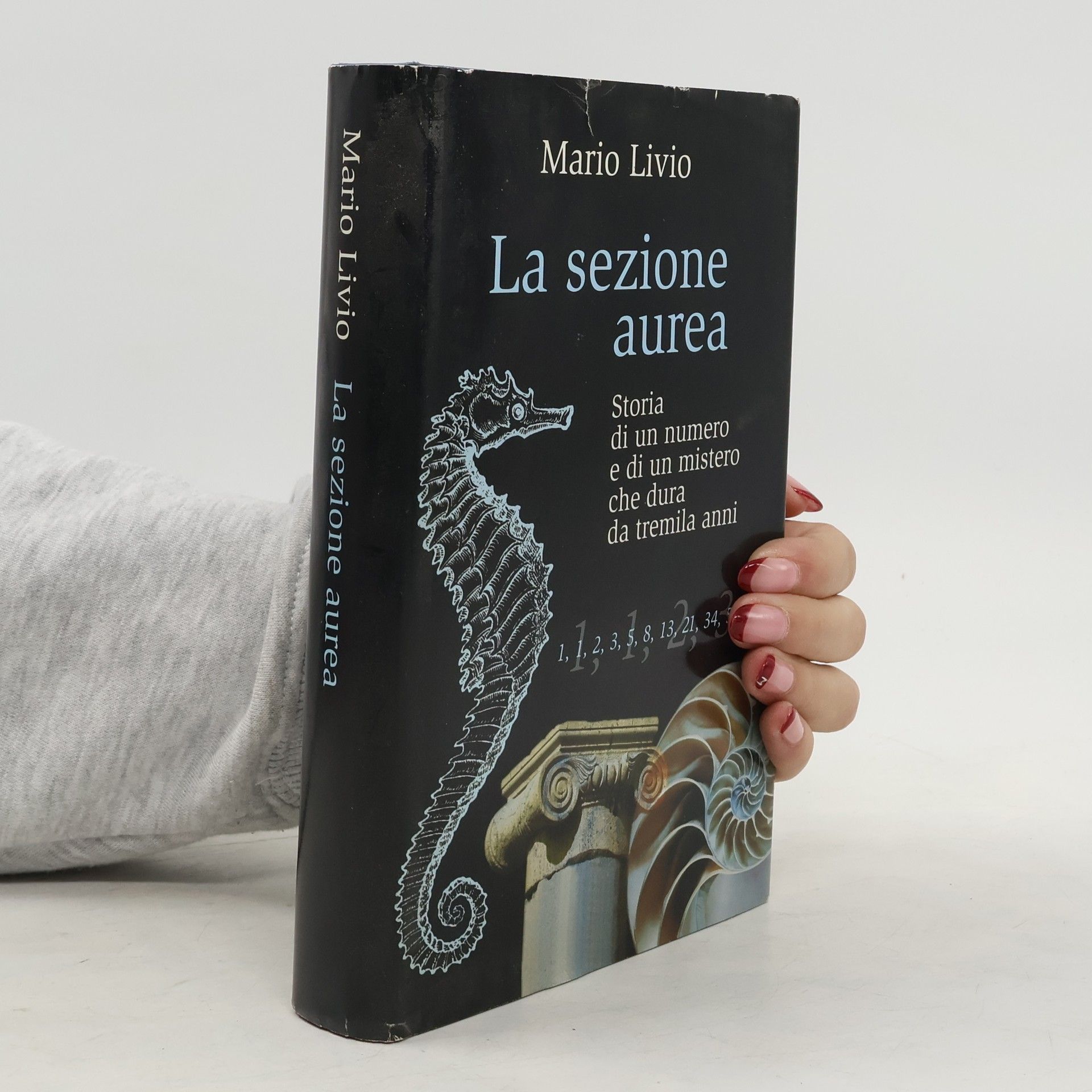La matematica è un prodotto dell’ingegno umano o una sua scoperta? E se si tratta di invenzione, come può rispecchiare così bene le regole di funzionamento del mondo? Su queste domande gli studiosi riflettono da sempre: da Pitagora a Einstein, fino ai giorni nostri. Più le nostre conoscenze scientifiche si sviluppano e più ci rendiamo conto che formule elaborate dalla ricerca pura, anche molto prima che se ne intravedesse un uso pratico, descrivono con precisione le leggi dell’universo. La matematica sembra essere addirittura in anticipo sulle altre scienze: onnipresente e onnisciente. Qual è il mistero di tanta “irragionevole efficacia”? Mario Livio ripercorre con vivace curiosità le avventure, i pensieri e gli accesi dibattiti delle grandi menti del passato: geni che non a caso furono insieme matematici e mistici, astronomi, fisici, sociologi e alchimisti. Secoli di interrogativi, conclude l’autore, ci hanno regalato almeno una certezza: se Dio esiste, di sicuro è un matematico integralista.
Mario Livio Libri







Il 29 maggio 1832, poche ore prima di essere ferito a morte in un duello, Evariste Galois, focoso spirito rivoluzionario e grandissimo matematico francese, vergò alcune lettere che avrebbero rappresentato il suo testamento umano e scientifico. Non ancora ventunenne, aveva fondato una nuova branca dell’algebra, la teoria dei gruppi, la chiave per violare i segreti della simmetria, e dimostrato che non esistono formule per risolvere un’equazione di quinto grado o di grado superiore: l’equazione impossibile, appunto. Tre anni prima di lui si era spento, consumato dalla tubercolosi, il ventiseienne matematico norvegese Niels Hendrik Abel, che era giunto indipendentemente alle stesse conclusioni di Galois. Mario Livio, in un thriller scientifico mozzafiato, una sorta di Codice da Vinci della scienza, ci conduce attraverso la storia dell’algebra negli sconfinati territori della simmetria, parlandoci di arte, di psicologia e di fisica contemporanea, con una scrittura che affascina e una narrazione che calamita il lettore.
Cantonate
- 458pagine
- 17 ore di lettura
La teoria dell'evoluzione ha cambiato per sempre il nostro modo di concepire la vita sulla Terra, eppure il maestoso edificio costruito da Darwin non fu esattamente un viaggio rettilineo dal mito alla scienza: funzionò in realtà quasi per miracolo - tra errori, equivoci e imprecisioni - almeno fino alle scoperte di Mendel sui meccanismi dell'eredità biologica. A sbagliare, però, Darwin fu in ottima compagnia. Lord Kelvin, uno dei più grandi scienziati della seconda metà del diciannovesimo secolo, sostenne perentoriamente che la Terra non poteva essere più vecchia di qualche milione di anni; Linus Pauling, fondatore della biologia molecolare e due volte premio Nobel, propose un modello del DNA del tutto errato perché temeva di essere battuto sul tempo dai colleghi; l'astrofisico Fred Hoyle definì sarcasticamente "Big Bang" l'esplosione che dette origine all'Universo perché non vi credeva (ma era lui ad avere torto). Einstein stesso volle elaborare una teoria generale delle forze naturali senza tener conto della meccanica quantistica semplicemente perché non l'aveva mai studiata. "Un genio non sbaglia. I suoi errori sono cercati e sono l'anticamera delle scoperte" diceva l'Ulisse di Joyce e ci ricorda Mario Livio in questo nuovo saggio; un viaggio al cuore del pensiero scientifico attraverso gli scivoloni di cinque menti eccelse indotte in errore da vanità, ambizione o eccessiva fiducia in sé.
From the author of the bestseller "The Golden Ratio" comes the story of the 4,000-year-long mathematical quest that uncovered the laws of symmetry in nature and the arts.
Is God a Mathematician?
- 308pagine
- 11 ore di lettura
This fascinating exploration of the great discoveries of history's most important mathematicians seeks an answer to the eternal question: Does mathematics hold the key to understanding the mysteries of the physical world? Illustrations throughout.
An interpretation of the life of Galileo Galilei, one of history's greatest and most fascinating scientists, that sheds new light on his discoveries and how he was challenged by science deniers.
The Golden Ratio. The Story of Phi, The World's Most Astonishing Number
- 304pagine
- 11 ore di lettura
"The Golden Ratio is a captivating journey through art and architecture, botany and biology, physics and mathematics. It tells the human story of numerous phi-fixated individuals, including the followers of Pythagoras who believed that this proportion revealed the hand of God; astronomer Johannes Kepler, who saw phi as the greatest treasure of geometry; such Renaissance thinkers as mathematician Leonardo Fibonacci of Pisa; and such masters of the modern world as Goethe, Cezanne, Bartok, and physicist Roger Penrose. Wherever his quest for the meaning of phi takes him, Mario Livio reveals the world as a place where order, beauty, and eternal mystery will always coexist."--Goggle Books
Brilliant Blunders
- 352pagine
- 13 ore di lettura
Mario Livio shows how even geniuses made major mistakes and how their errors were an essential aspect to achieving scientific breakthroughs
Why?
- 252pagine
- 9 ore di lettura
Astrophysicist and author Mario Livio investigates human curiosity as he explores our innate desire to know why.
